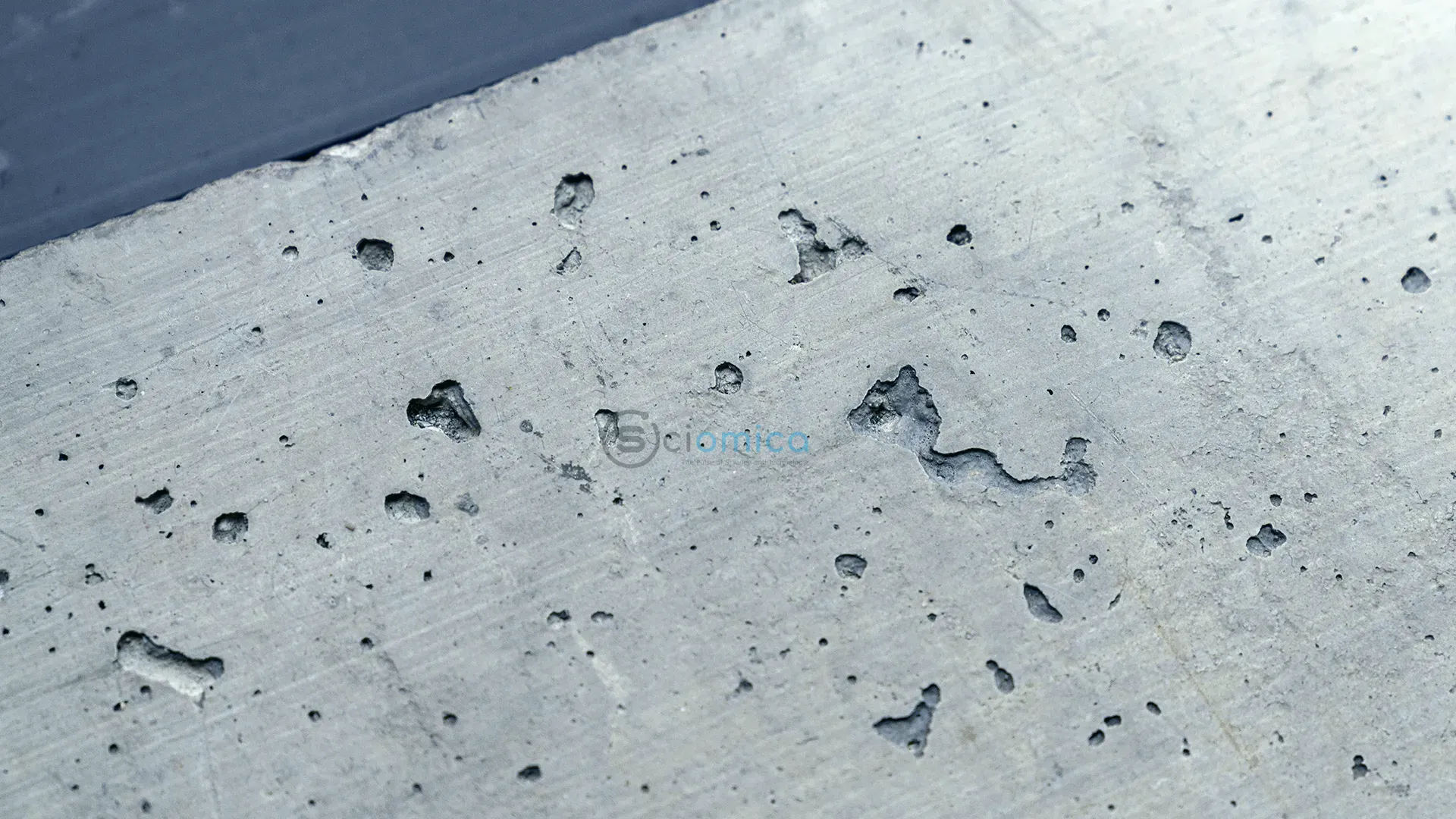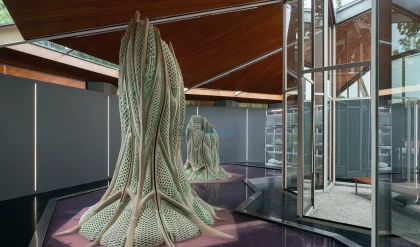The cement industry is a significant contributor to global carbon dioxide emissions, accounting for about eight percent, which is more than the emissions produced by the entire aviation sector. In an innovative effort to mitigate these environmental impacts, researchers at the Paul Scherrer Institute (PSI) have pioneered an AI-driven model aimed at discovering environmentally sustainable cement formulations that can match the quality of traditional cement while offering a reduced carbon footprint.
Traditionally, the production of cement involves heating rotary kilns to extreme temperatures of around 1,400 degrees Celsius to convert ground limestone into clinker, the base raw material. This high-temperature process is inherently carbon-intensive, largely due to combustion, but surprisingly, over half of the CO2 emissions stem not just from combustion but from the raw materials themselves, as chemically-bound carbon dioxide is released during the production process.
A promising way to lower these emissions is by altering the cement mixture. Researchers at PSI’s Center for Nuclear Engineering and Sciences are exploring potential substitutes for clinker using alternative cementitious materials. This inter-disciplinary team has moved beyond traditional experimental methods, leveraging machine learning to devise a modeling approach that can quickly simulate and optimize cement recipes. “Our model allows us to propose practical recipe suggestions in seconds — akin to having a digital cookbook for environmentally friendly cement,” stated mathematician Romana Boiger, the study’s lead author.
Using their advanced modeling system, the PSI researchers were able to filter out formulations that met specific environmental and performance criteria, expediting the development cycle by highlighting promising candidates for detailed lab testing.
Currently, industrial by-products such as fly ash from coal plants and slag from steel manufacturing are partially employed to reduce clinker usage, yet this strategy falls short of meeting the global cement demand. John Provis, who heads the Cement Systems Research Group at PSI, emphasizes the need for the right combination of widely available materials to achieve both quality and quantity in cement production.
To navigate the complex geology involved in cement formulation, which requires an understanding of both mineral binding agents and the physical processes at play, PSI researchers incorporated artificial intelligence. By utilizing neural networks — computer models trained with existing data — they significantly improved computational efficiency, allowing them to predict mechanical properties of cement formulations much faster than conventional methods. The AI model can now evaluate potential recipes in mere milliseconds, making it thousands of times quicker than earlier systems.
The researchers aim to employ this AI to pinpoint optimal cement formulations that not only minimize CO2 emissions but also maintain high material quality. Their approach reverses the conventional process; instead of testing every viable option, they start with desired outcomes, working backward to identify compositions that fulfill both strength and low-emission requirements.
Their findings include several promising candidates for new cement formulations that balance quality with environmental responsibility. However, Provis notes that these formulations must undergo rigorous lab testing before any practical application.
This research is a testament to the potential of interdisciplinary collaboration, bringing together cement chemists, thermodynamics experts, and AI specialists to address a pressing environmental issue. As these innovations continue to evolve, they promise not only to revolutionize the cement industry but also to significantly contribute to global efforts to reduce greenhouse gas emissions in a broader context. The project is part of the SCENE initiative, aimed at scientifically advancing solutions for lowering industrial and energy generation emissions.
In summary, this pioneering research underscores the importance of innovative thinking and collaboration in tackling the environmental challenges posed by traditional cement production while paving the way for a greener future in construction materials.
Reference:
- Romana Boiger, Bin Xi, George-Dan Miron, Matthias Bonvin, John L. Provis, Sergey V. Churakov, Nikolaos I. Prasianakis. Machine learning-accelerated discovery of green cement recipes. Materials and Structures, 2025; 58 (5) DOI: 10.1617/s11527-025-02684-z







